Yellowstone National Park is perhaps the most iconic national park in the United States. From childhood memories of watching Yogi Bear tiptoe through ‘Jellystone Park’ looking for pic-a-nic basket, to hearing about the phenomenon that is Old Faithful, Yellowstone is ingrained in American culture and history.
Adding to its weight as a national and international icon, Yellowstone was actually established as the USA’s first national park and the first national park in the world. It’s often near the top of US itineraries and I’d be surprised if it wasn’t on most American’s bucket lists to visit at some stage in their life. And it’s not just travelers from the US that enjoy Yellowstone, with tens of thousands of foreign tourists visiting the park year after year.
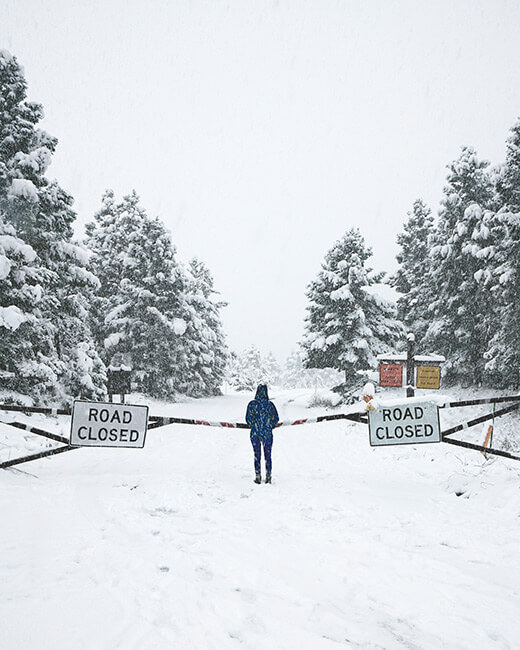
Environmental Conservation in Yellowstone National Park
But besides being a crowd favorite of national parks, Yellowstone also has a rich history in environmental conservation. When the park was first created, it was complimented by the Yellowstone National Park Protection Act, protecting the land from settlement.
To ensure this protection the US Army was brought in to safeguard the park from poachers, woodcutters and vandals. That’s right, they brought in the actual army to protect the park. That’s how seriously they took conserving this beautiful piece of land. Eventually the park was handed over to the National Park Service in 1916, but you can still see the army barracks just inside the park.
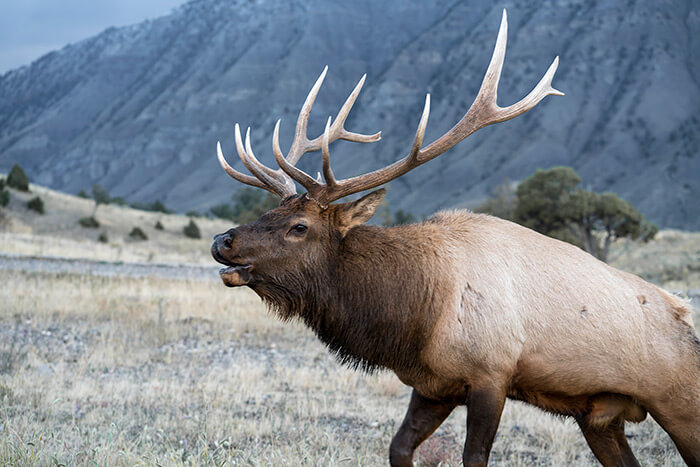
Yellowstone also has a reputation for protecting endangered wildlife. In fact, the park is the only place in the US where bison (aka. buffalo, yep they’re the same thing!) have lived continuously since prehistoric times. Within the US, somewhere between 20 and 30 million bison once existed. By 1889 about 1,091 were left and in Yellowstone only 2 dozen were still alive by 1902. Thankfully the protection of the army and National Park Services helped increase the park’s bison population to between 2,300 to 5,500 depending on the year.
Wolf Repopulation in Yellowstone
Another animal species that has been protected thanks to the officials at Yellowstone National Park are wolves. When the park was first established, wolves were not protected from hunting like other animal populations. They were seen as a threat to a variety of prey and by the 1970’s there were no wolves left in the park.
Now with more education available, it’s apparent what an important part wolves play in the park’s delicate ecosystem. In the 1990’s, the National Park Service began their wolf reintroduction program to bring wolves from Montana and Canada. While the wolf population is still on the endangered species list for Wyoming, there are now roughly 104 wolves living in the park, a far cry on the diminished population just a couple decades ago.

Nonprofits and Corporate Partners Supporting Yellowstone
The incredible environmental protection and reintroduction of wildlife species back into healthy, thriving populations is a testament to how important Yellowstone is to the environment. It’s thanks to Yellowstone National Park and Yellowstone Forever, a nonprofit that partners with the park to do fundraising and education. These organizations work tirelessly to keep Yellowstone protected for the 4 million+ annual visitors.
We’ve all heard over the past few years how much budgets have been cut for National Parks. Unfortunately Yellowstone is not immune to this terrible decrease in funding. That’s why the park, along with the help of nonprofits, relies on the continued support of important corporate partners.

That’s where Michelin comes in. Yep, that’s right, the tire company and purveyor of those travel guides that list the best restaurants around the world. (Didn’t you know they were one and the same?!) Michelin has been directing travelers to Yellowstone for decades through their maps and guide books. But for the past 9 years they’ve also stepped up as an integral part of Yellowstone’s sustainability.
Michelin and Yellowstone Forever Working on Sustainability
Since 2008, Michelin has worked directly with Yellowstone Forever contributing to the park by donating more than 1,400 tires for the park’s 800+ vehicles. Between tour groups, ranger transportation, trailers and snow plows, Yellowstone does a lot of driving- 3.75 million miles per year, to be exact. That’s why Michelin’s green technology and tire efficiency are so important to sustainability in Yellowstone. Michelin also sends their field engineers to assist in optimizing tire use for fuel efficiency and performance, as well as training in how to mount specialized tires.
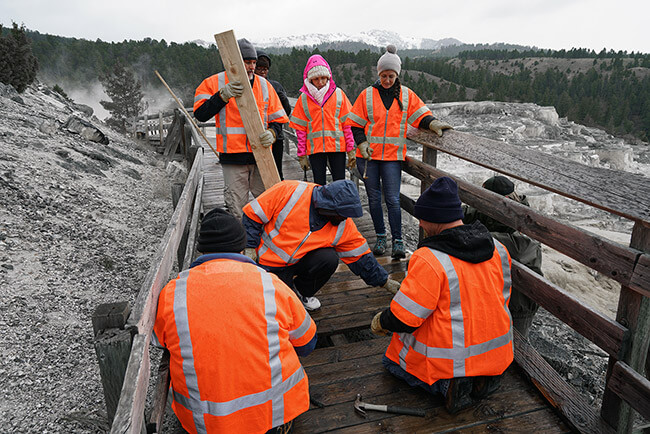
While tire usage may not seem like it would have a huge impact, Michelin’s support has helped save the park approximately $275,000 to $300,000 per year! That means saving precious donations and federal funding can be used to protect wildlife and keep the environment pristine condition. This partnership has also helped Yellowstone reach its goal of reducing greenhouse gas emissions by up to 30 percent.
Michelin’s Sustainable Path Project in Yellowstone
In more recent years, in addition to tire donations, Michelin have been working on sustainability projects throughout the park. They’ve created eco-friendly walkways around the park’s iconic geysers and thermal features. With their support, Yellowstone has been able to dig up old concrete paths and replace them with sustainable materials including recycled tire material. This new walkway helps reduce water run-off and erosion to Yellowstone’s fragile ecology. It also prevents visitors from picking up pieces of concrete that have broken off the pathway and throwing them in the geyser (yep, apparently people actually do this!).
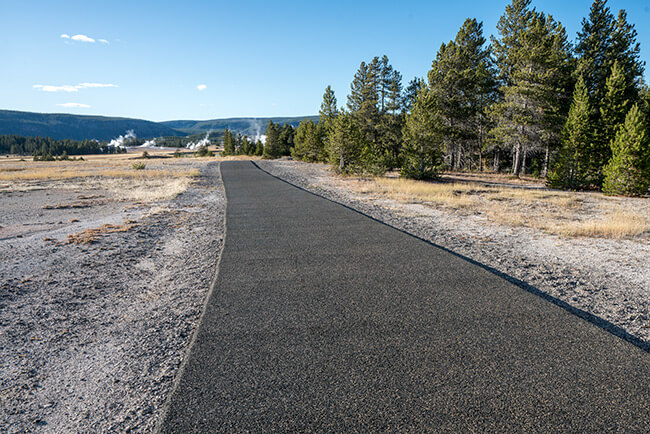
Not only are Michelin donating tires for this project, but every year they send employees to the park to work on the walkways. These employees are nominated by colleagues because they’ve taken the initiative to make their facility more eco-friendly in some way. They get to visit the park without having to take any vacation days, and help out with a cause they’re passionate about. This kind of initiative throughout the company, from the corporate level to manufacturing in the plants, shows just how committed Michelin is to sustainability. With corporate sponsorships like this, as well as the tireless work of Yellowstone National Park and Yellowstone Forever, generations to come will be able to enjoy the park’s beauty!
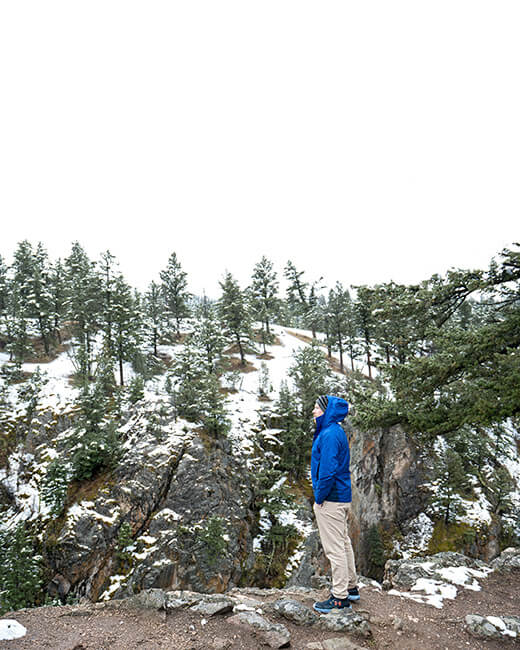
Tips for Exploring Yellowstone
Old Faithful erupts every 35 to 125 minutes. To make sure you’re not waiting around (like we did), check with the ranger office or download the Geyser app to check times. It’s 90% accurate within 10 minutes.
If you’re going to Grand Prismatic (which you should!) don’t miss the 20 minute uphill hike to the viewing platform. There are also ground level walkways that take you right by it, but you can get a much better view from above! The parking lot for the hike is across the way from Fairy Falls Trail.
Yellowstone has lots of beautiful places to picnic. We recommend Gull Point overlooking Yellowstone Lake.
If you’re staying in West Yellowstone and are looking for a filling breakfast before you head into the park, check out Running Bear Pancake House for a delicious stack of flapjacks.
Always carry bear spray, it’s no joke! When we were walking the Hellsroaring trail we saw bear paws in the snow going the direction of our hike!
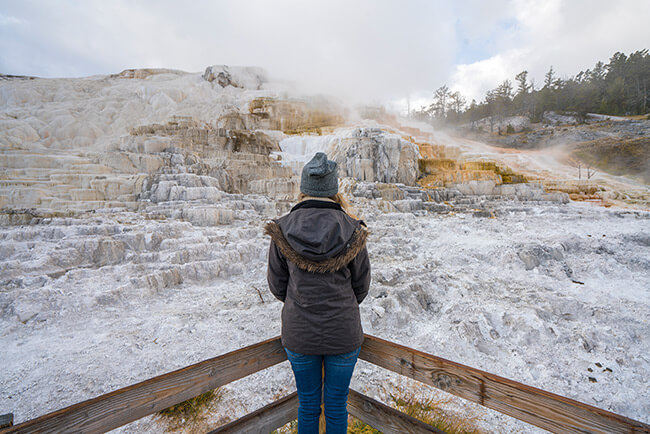
Best Locations to Visit in Yellowstone
Lamar Valley for wildlife spotting. You’ll see herds of wild bison all over the plains, as well as moose, bighorn sheep, elk, pronghorn and other amazing animals if you’re lucky.
Hellsroaring Trail for a beautiful hike down to the extension bridge. You’ll get unique views of the river and it’s a pretty quiet spot.
Grand Prismatic and all the other colorful thermal pools. The colors are magical and the pools very alluring, but don’t be fooled. The temperatures are scalding and people have perished. Enjoy the pools from a safe viewing distance.
Specimen Ridge for a beautiful hike along Yellowstone River. It’s a pretty easy hike and gives you
Grand Canyon of Yellowstone, because it’s epic and has a great drive through loop to check out all the viewpoints.
If you’re visiting Yellowstone National Park remember to leave it just as you found it. Take all your trash, don’t disturb the wildlife, stick to the designated trails and help support the future of the park for all to enjoy. While big sustainability partners like Michelin and Yellowstone Forever are doing wonders to support the park, each and every person who visits can contribute in their own way.
A very special thanks to Michelin and Yellowstone Forever for inviting us to check out the sustainability projects in Yellowstone National Park. We were not paid to write this article, and as always all opinions and thoughts are our own.

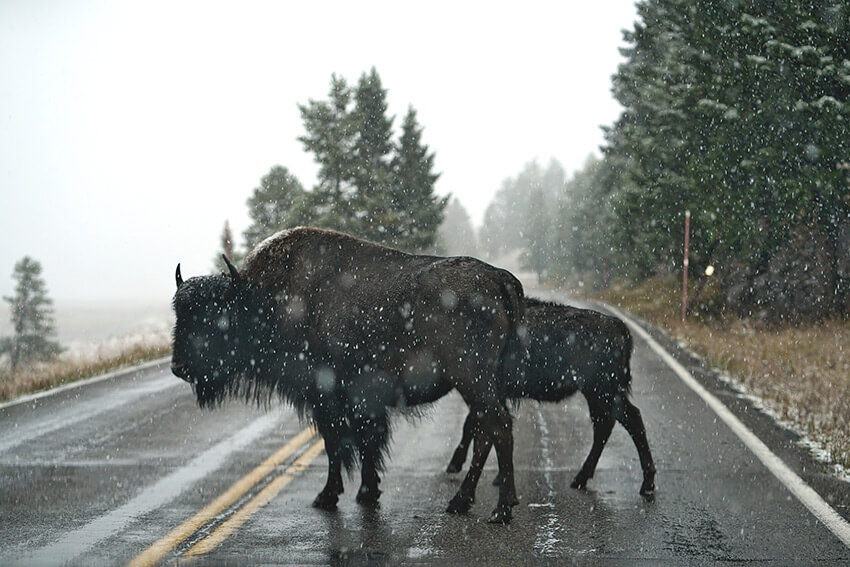


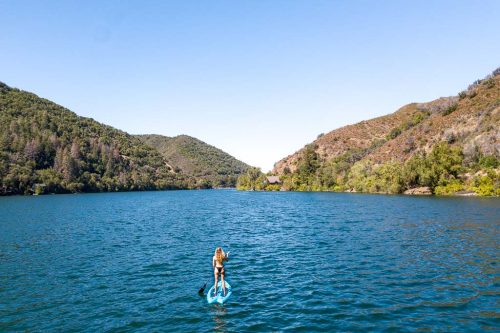


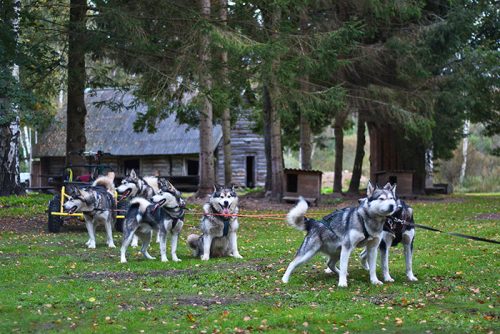
Great article guys, I can’t wait to visit Yellowstone, your photos look amazing!
Cheers Rob! It’s an amazing Park, hope you guys get there soon.